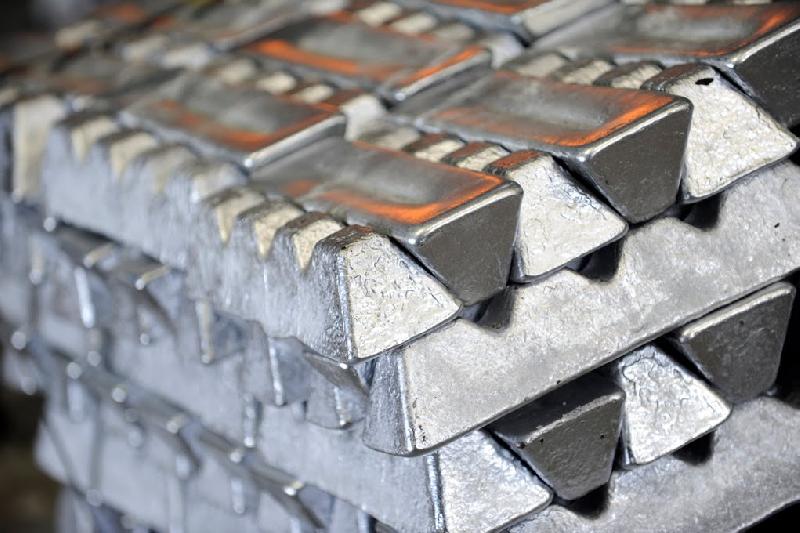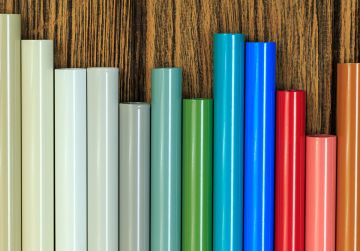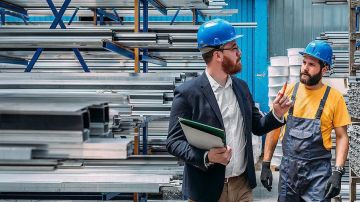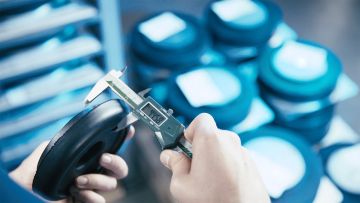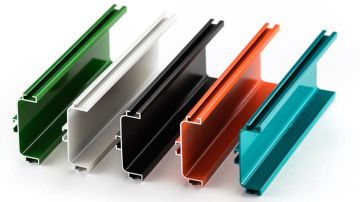The stretching and cutting section of the aluminum extrusion production process involves additional post-extrusion operations to enhance the properties of the extruded profiles and prepare them for their intended use. After the initial extrusion process, the profiles may undergo stretching and cutting to achieve specific dimensional accuracy and mechanical characteristics. Here's an overview of these post-extrusion operations:
- Stretching:
- Purpose: Stretching is an optional process used to further improve the mechanical properties of the extruded profiles. It is particularly beneficial for certain aluminum alloys that respond well to this treatment.
- Process: The extruded profiles are heated to a specific temperature within a stretching oven or furnace. Once at the proper temperature, the profiles are subjected to controlled stretching using specialized equipment. The stretching process elongates the profiles, aligns the aluminum's grain structure, and reduces internal stresses, leading to improved strength and dimensional stability.
- Benefits: Stretching enhances the mechanical properties of the extruded profiles, making them stronger and more resistant to deformation and fatigue. It also reduces the risk of residual stresses and distortion that may occur during the extrusion process.
- Purpose: Stretching is an optional process used to further improve the mechanical properties of the extruded profiles. It is particularly beneficial for certain aluminum alloys that respond well to this treatment.
- Cutting:
- Purpose: After extrusion and any optional stretching, the continuous lengths of extruded profiles are cut into desired lengths for further processing or direct use in various applications.
- Cutting Methods: Several methods can be used for cutting extruded profiles:
- Saw Cutting: Saw blades are commonly used to cut profiles to the desired lengths. The saws may be circular or band saws, depending on the profiles' size and the required cutting precision.
- Shearing: Shearing is another cutting method suitable for some profiles, especially those with simple cross-sections and thinner walls.
- Flying Cut-off: In high-speed extrusion lines, a flying cut-off system may be employed to cut the profiles while they are still in motion, increasing production efficiency.
- Saw Cutting: Saw blades are commonly used to cut profiles to the desired lengths. The saws may be circular or band saws, depending on the profiles' size and the required cutting precision.
- Precision: Cutting is a critical step in ensuring the dimensional accuracy of the final product. Proper cutting methods and equipment are essential to achieve consistent and precise lengths.
- Additional Operations:
- Deburring: After cutting, the profiles may undergo a deburring process to remove any sharp edges or burrs resulting from the cutting operation. Deburring improves the safety and aesthetics of the extruded profiles.
- Quality Control: Throughout the stretching and cutting section, quality control measures are implemented to ensure the profiles meet the required specifications and tolerances. Dimensional checks, visual inspections, and mechanical testing are commonly performed to verify the profiles' quality.
- Deburring: After cutting, the profiles may undergo a deburring process to remove any sharp edges or burrs resulting from the cutting operation. Deburring improves the safety and aesthetics of the extruded profiles.
After the stretching and cutting section, the extruded profiles are ready for further processing or to be used in various applications, such as in construction, automotive, aerospace, electronics, and more. These post-extrusion operations contribute to the production of high-quality aluminum profiles with improved mechanical properties and dimensional accuracy.
 EN
EN
 NL
NL DE
DE
